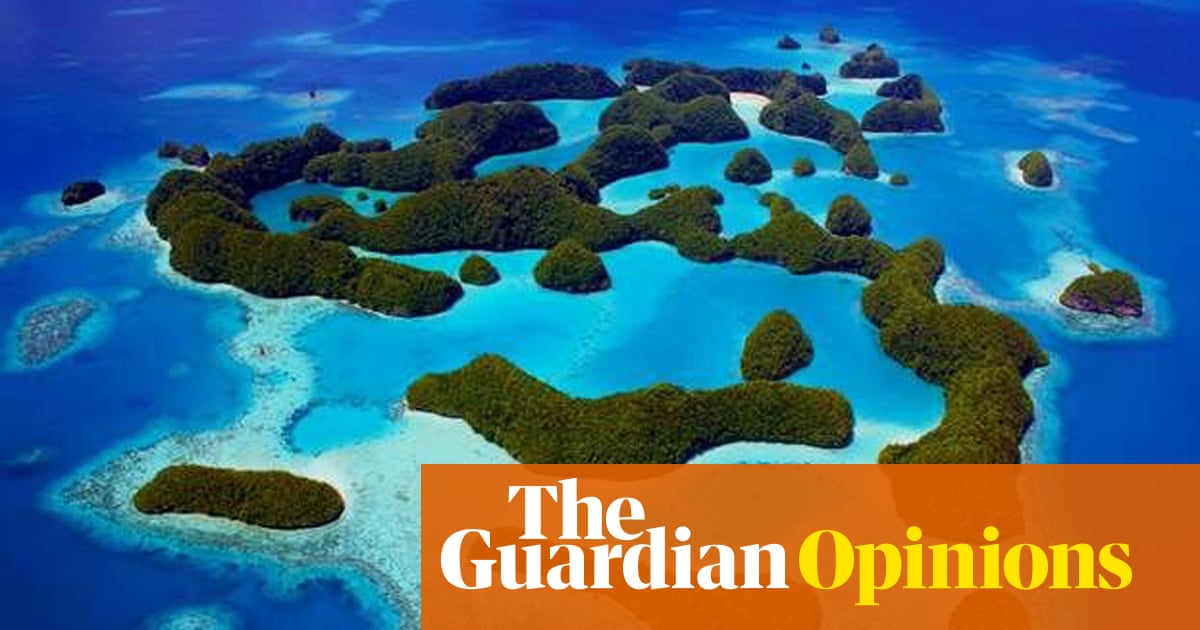Watching from the western Pacific, we saw many describe Australia’s recent election as a decisive moment for climate and energy policy. If that was the case, the people of Australia have spoken loud and clear.
Like many of us in the Pacific had hoped, most Australians wanted to throw off the shackles of the last decade’s “climate wars” and usher in a new era of responsible climate and energy policy, one that harnesses the limitless potential of Australia’s renewable energy superpowers and helps lead the Pacific region and the world to a safer and more prosperous climate future.
By hosting next year’sCop31climate conference together with the Pacific, Australia would have a once-in-a-generation opportunity to both catalyse its own clean transition to a decarbonised economy, and to elevate its relationship with the Pacific to the top tier of its foreign and strategic policy priorities. If well-delivered over the coming two years, these twin objectives might ultimately be viewed as the hallmarks of a nation that successfully left the climate culture wars for dead and cemented a legacy of new climate leadership for, and in solidarity with, its Pacific neighbours.
As I said at last year’s Cop29 in Baku, now is the time for those standing in the way of a high ambition Pacific Cop to move aside. That the Pacific has never physically hosted a COP – despite bearing the full brunt of the climate crisis – must be corrected. In this defining decade, a Pacific Cop would ensure that those most affected can help shape the global response.
Cop31 would also be an opportunity to shine a light on Australia’s efforts to accelerate the transition of its historically carbon-intensive economy and to demonstrate the multiple benefits that can flow from renewables and new green industries. This would have a particularly important demonstration effect for the booming economies of the Asia-Pacific, whose development pathways must be decarbonised if we are to avoid a significant overshooting of the goals of the Paris agreement.
But ultimately, the merit and credibility of a bid from Australia with the Pacific will rest upon two factors.
First, the level of ambition demonstrated by Australia in the formulation of its 2035 emissions reduction target under the Paris agreement. As the climate treaty says, each country’s target should reflect its “highest possible ambition”. In other words, it should be a “stretch goal” that is challenging to achieve, but ultimately within reach. I saw an analysis duringmy recent visit to Sydneythat a 1.5C-aligned contribution from Australia would require at least a high-70s% reduction in GHG emissions below 2005 levels by 2035.
Australia should also make moves to address the climate impact of its fossil fuel production and exports – it remains one of the top three fossil fuel exporters in the world. As I said in Sydney, we urge the Australian government to shift away from new coal and gas developments, in line with global momentum and the expectations of Pacific partners. Without such a signal, questions may continue to linger over the credibility of Australia’s potential leadership role in the UN process.
The second factor will be the collaborative spirit embedded in the Australian-Pacific partnership on Cop31. For example, there should be early moves to appoint Pacific co-leads for key positions in the Cop31 process, such as the formal presidency role as well as “climate champions” who seek to drive new climate commitments from the private sector, regions, cities and local governments. But perhaps more importantly, a landmark Pacific Cop must be convened at the very highest level, bringing in world leaders on Australia’s Pacific coast to ensure that climate remains at the top of the global agenda.
More substantively, my Pacific colleagues see great value in pursuing a signature new initiative to make the Pacific the first region in the world to become 100%-powered by renewables, both on our islands and through local use of electrified vessels. To shape this initiative, I will host Pacific leaders here inPalauin August 2026, and we can work towards a pre-Cop31 gathering elsewhere in the region to channel international resources towards this win-win-win outcome.
The primary aim would be to accelerate the Pacific switch from reliance on expensive imported diesel and other fossil fuels to much cheaper renewable power generation and storage. As one example, we look forward to further support from the Australian Infrastructure Finance Facility for the Pacific to rapidly complete work onPalau’s first utility-scale solar projectin Ngatpang with the planned addition of a battery energy storage system (BESS).
To do this at scale across the Pacific will require new flows of climate finance and an associated derisking mechanism to help unlock private sector investment. Either way, Australian leadership will be key to demonstrate how Cop31 can tangibly deliver for the region.
The Albanese government now has a crystal clear mandate to make real progress on an intergenerational issue of paramount importance – at home, in the region and on the world stage. It is an opportunity that Australia must now grab with both hands, together with its Pacific family.
Surangel Whipps Jr is the president of Palau
